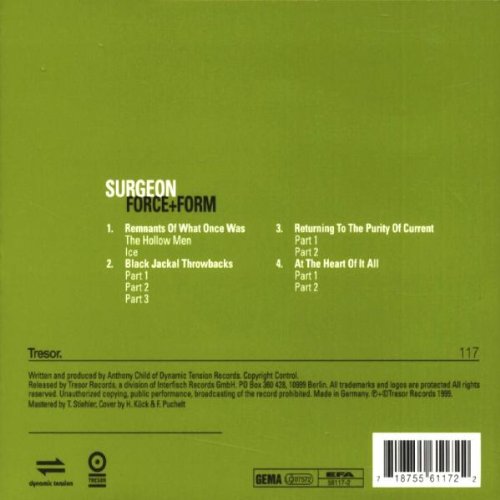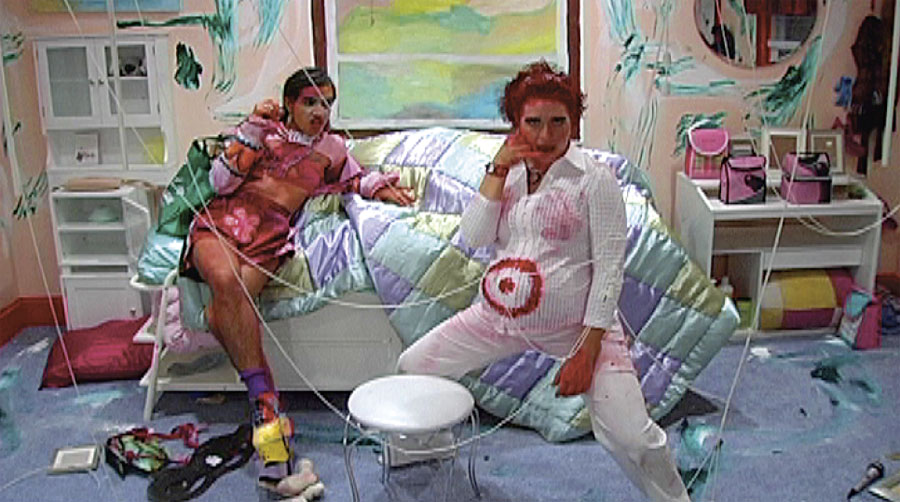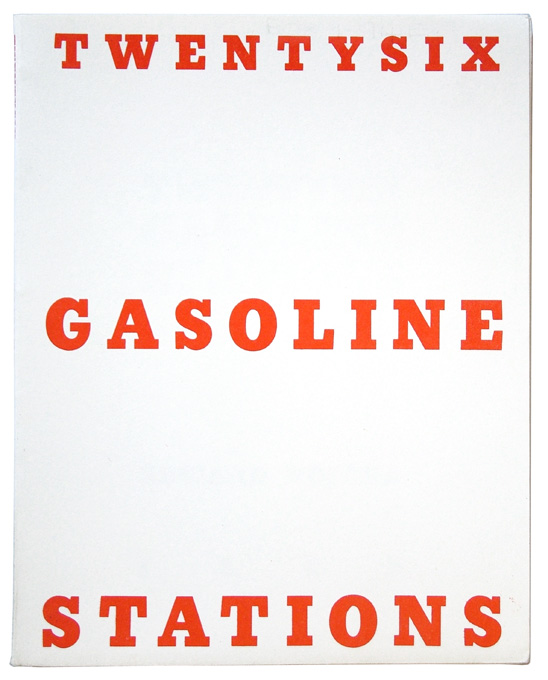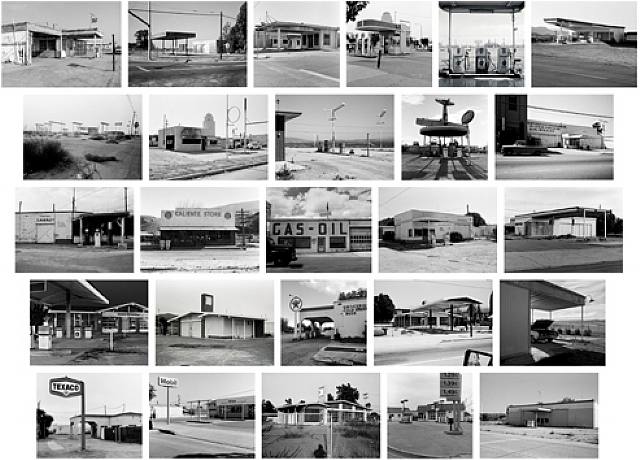Little Dancer of Fourteen Years (French:
La Petite Danseuse de Quatorze Ans) is a c. 1881 sculpture by Edgar Degas of a young student of the Paris Opera Ballet dance school named Marie van Goethem.
The sculpture is two-thirds life size and was originally sculpted in wax, an unusual choice of medium for the time. It is dressed in a real bodice, tutu and ballet slippers and has a wig of real hair. All but a hair ribbon and the tutu are covered in wax. The 28 bronze repetitions that appear in museums and galleries around the world today were cast after Degas's death. The tutus worn by the bronzes vary from museum to museum.
http://en.wikipedia.org/wiki/Little_Dancer_of_Fourteen_Years The first exhibition of the clad figure caused an outcry, not because the subject was a child, but because she was so unattractive. Jules Claretie reported in Le Temps that he found the wax figure "peculiarly disturbing". "The lecherous little snout on this barely pubescent young girl, this little flower of the gutter, is unforgettable," he wrote. Paul Mantz's response was similar: "With bestial effrontery she moves her face forward, or rather her little muzzle - and this word is completely correct because the little girl is the beginning of a rat." (The adolescent corps de ballet at the Paris Opera were known as petits rats.) He goes on:
"Why is she so ugly? Why is her forehead, half covered by her hair, marked already, like her lips, with a profoundly vicious character?"
Today's public is not likely to make a lecherous interest in the body of a child the fault of the child herself, if only because so few of us are the kind of bowler-hatted, cigar-smoking, clubbable gentlemen who prowled the backstage corridors of the Paris Opera in the 1880s. If the nude figure is disturbing, it is because the child is underdeveloped for her stated age, because her breasts are mere buds on her narrow ribcage, because her pelvis is shallow and unformed and her belly slack and protuberant, because her thighs are wasted and her knees almost rachitic. This is what passed by gas footlights for a sylph - an undernourished child for whom dancing was a one-way ticket to prostitution.
Degas is certainly responsible for stripping the figure of the adolescent dancer of cuteness, and we could argue that his intent is partly moral, but anyone who looks for compassion in the work will not find it. The visual language of compassion was unusable for any serious artist in the 1870s and 80s, because the public art of the period oozed sentiment. Pretty beggars and plump rosy little girlies with tears in their eyes were as often to be encountered then, as fluffy kittens are today. Degas dispensed with pathos as summarily as he dispensed with glazes. His surfaces get thinner and poorer, the pigment goes on drier and drier. Line becomes more and more important, burning through the bursts of aniline colour that begin to dominate in the later work, like the skull beneath the stage-lit skin.
Germaine Greerhttp://www.theguardian.com/artanddesign/2009/jan/12/degas-women-germaine-greer The debut of the "Little Dancer" produced great controversy. "Almost thirty responses to the 'Little Dancer' from Degas' lifetime can now be assembled," show curator Richard Kendall writes in the catalog.
Among positive reactions from critics covering art in Paris, Paul de Charry singled out its "extraordinary reality" and called it "a real masterpiece." Joris-Karl Huysmans called it "the first truly modern attempt at sculpture I know," while to Nina de Villard it was "the leading expression of a new art."
Others compared it to art from earlier ages: Gothic sculpture, medieval Spanish sculpture, Egyptian sculpture. Collector Louisine Havemeyer, calling it both classic and modern, referred to it as "One of the greatest works of art since the dynasties of the Nile." Comparisons with older art may have been made partly because it was exhibited in a glass case, like classical sculpture in the Louvre, and was dressed in wig and clothes. Egyptian sculptures were often shown wearing wigs, Gothic and Spanish sculptures were draped with real fabric.
On the negative side, reviewer Louis Enault called the sculpture "quite simply hideous," and added, "Never has the misfortune of adolescence been more sadly represented." An anonymous critic, writing in an English journal, said the sculpture depicted a "semi-idiot" and added, "Can art descend lower?"
Because of the wax medium and the clothes, some compared the dancer to Madame Tussaud's waxworks, to puppets, dolls, dressmakers' mannequins. One critic, Elie de Mont, compared the dancer to a monkey. Another, Paul Mantz, referred to her as a "flower of precocious depravity," with a "face marked by the hateful promise of every vice" and "bearing the signs of a profoundly heinous character."
Such violent reactions originated in issues of the time. The dancers of the Paris opera often came from the lower classes (Marie van Goethem was the daughter of a tailor and a laundress), were sought after as sexual partners by rich dandies, and frequently became prostitutes. So the "Little Dancer" could be seen as someone destined for a life of depravity.
Some thought her Degas' indictment of a society that winked at the practices that went on at the opera and thereby weakened the nation's moral fiber.
John Dorseyhttp://articles.baltimoresun.com/1998-10-11/features/1998284216_1_classical-sculpture-original-sculpture-dancer Today Degas is called both a misogynist and a pioneering feminist. Did the artist present an authentic and intimate view of women's lives, sympathetic to the cruelties they suffered? Or, did he regard women as depraved and lesser beings who were also desired and fodder for the fantasies of men?
Some say the popular appeal of Impressionist artists has blinded us from valid criticisms of Degas. He was not motivated by a desire to understand, they say. Rather, he was dominated by a "ruthless curiosity of a bourgeois gone slumming," writes Bram Dijkstra in "Idols of Perversity," a book about the iconography of female stereotypes in the 19th century. A work like "Repose," a monotype in black ink on china paper, buttresses the point, Dijkstra writes. In it, three faceless prostitutes lie in carnal repose, scratching and stretching between customers. (Picasso owned these montotypes, which partly inspired the sexual immediacy in his brothel scene, "Les Demoiselles d'Avignon.")
Some, though, believe Degas was capable of dignifying women. He plucked them from the realm of bourgeois fantasy and rooted them in their true social realities, art historians in this other camp attest. Women in many of Degas' rehearsal halls scenes, for example, bear expressions of self-possessed absorption, they argue.
"The paradox, of course, is that Degas created some of the most appealing, believable and intelligent-looking women in all of art," wrote Deborah Solomon in a 1998 New York Times article. The truth probably lies somewhere between the extreme arguments. Consciously and unconsciously, the artist probably both upheld prevailing prejudices while also subverting them.
To this day, the little dancer's body elicits strong reactions. The sculpture is recognized as modern today, allowing a subtler appreciation for its beauty. But many still describe her face and limbs as less than pretty, to say the least. It's that ambiguity and tension that make much of Degas work so intriguing to contemporary audiences. During his own life, at a time when feminism was gaining a foothold in the world, Degas continued to rework "Little Dancer," which remained in his studio to the end of his life. He refused to part with it when potential buyers came along over the years, and some historians report he, only half jokingly, called her his "daughter."
Mary Louise Schumacher
http://www.internationalarts.org/degas_exhibition/doc/Degas%20Milw%20Journal%20Sentinel%20Schumacher%20021205.pdf




























































 November 1998 I saw Westbam do a 4 hour set there and to this day it's still one of the best sets I've ever witnessed :)
November 1998 I saw Westbam do a 4 hour set there and to this day it's still one of the best sets I've ever witnessed :)








